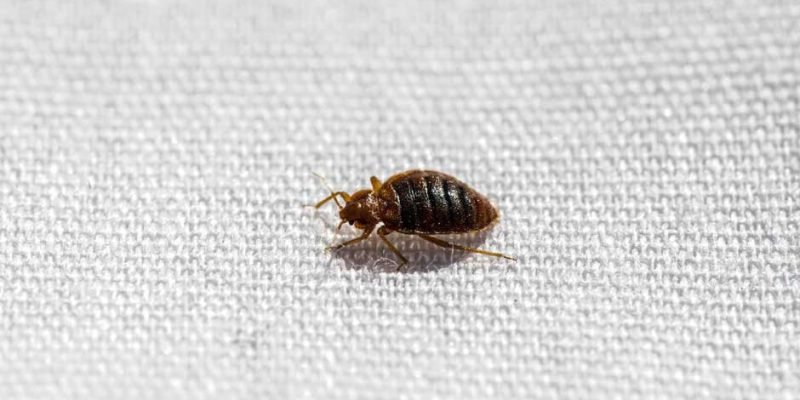Bed bugs are a nuisance that no one wants to find in their home. Unfortunately, bed bugs can be hard to detect, as they are small and can hide in tight spaces. But there are ways to check for bed bugs and take action if you find them. Here are eight steps to identify and treat a bed bug infestation.
#1: Inspect the Bed and Bedroom for Signs of Bed Bugs
The first step in checking for bed bugs is to inspect the bed and bedroom for any signs of an infestation. Bed bugs are small and can hide in tight spots, so you’ll need to look closely. Look for small, rust-colored spots on sheets and mattresses, as this could signify bed bug excrement. You should also look for other signs like tiny white eggs or shed skins. If you see any of these signs, you likely have bed bugs.
#2: Check Other Areas of the Home
Bed bugs can travel from room to room, so it’s important to check other areas of your home for signs of an infestation. Start by inspecting the seams and crevices of furniture and upholstery, as this is where bed bugs like to hide. If you have carpets, check them for signs of bed bugs, as they can often hide in carpet fibers. Also, don’t forget to check behind electrical outlets and switch plates, as these are also common hiding spots.
#3: Treat Infested Areas
If you find signs of bed bugs, it’s important to take action right away. Start by treating the infested areas with an insecticide. This will help kill any bed bugs or eggs you may have missed during your inspection. Make sure to follow the instructions on the label, as some insecticides may be toxic if used incorrectly.
#4: Vacuum the Infested Areas
Once you have treated the infested areas with an insecticide, it’s important to vacuum them thoroughly. Vacuuming will help remove any bed bugs or eggs you may have missed during your inspection. Make sure to vacuum all home areas, including carpets, furniture, and upholstery.
#5: Seal Cracks and Crevices
Bed bugs can hide in cracks and crevices, so it’s important to seal them up to prevent future infestations. Use a sealant or caulk to fill in any cracks or crevices in walls, floors, and furniture. This will help to prevent bed bugs from entering your home and make it harder for them to hide.
#6: Wash and Dry Bedding and Clothing
Bed bugs can hide in clothing and bedding, so washing and drying them in a high-heat setting is important. This will help to kill any bed bugs or eggs that may be hiding in the fabric. Ensure to wash and dry all bedding and clothing in the home, even if it is not infested.
#7: Use a Bed Bug Mattress Cover
Using a bed bug mattress cover is an effective way to prevent bed bugs from entering your bed. Bed bug mattress covers should be tight-fitting and prevent bed bugs from entering or exiting the mattress. They are also waterproof, so they can help to protect your mattress from spills and other messes.
#8: Seek Professional Help
If you think you may have a bed bug infestation, it’s important to seek professional help. A pest control professional will be able to identify the infestation and provide the best treatment options. They will also be able to help you prevent future infestations and give you advice on how to keep your home free from bed bugs.
Conclusion
Bed bugs can be hard to detect, but there are ways to check for them and take action if you find them. Start by inspecting the bed and bedroom for signs of an infestation, then check other areas of the home. If you find signs of bed bugs, treat the infested areas with an insecticide, vacuum the areas thoroughly, and seal any cracks and crevices. You should also wash and dry all bedding and clothing in a high-heat setting, use a bed bug mattress cover, and seek professional help. Following these steps will help to identify and treat a bed bug infestation quickly and effectively.
















Comments